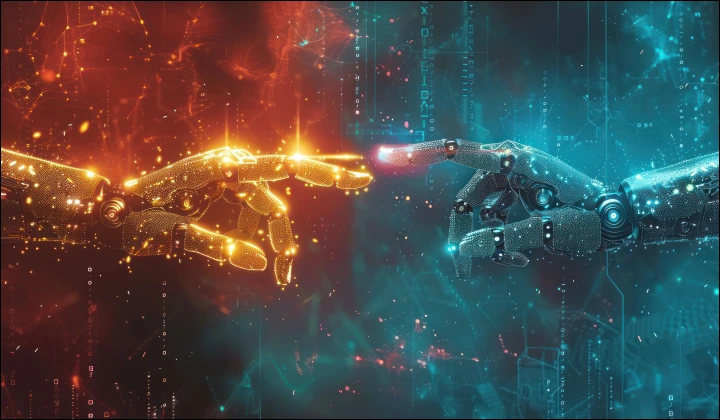Not too long ago, software product development was all about late nights, endless code reviews, and countless manual iterations. Teams moved carefully. Features took months to ship. Every decision passed through layers of discussions and whiteboard sessions.
Speed wasn’t the goal — precision was.
Fast forward to today: AI is at the center of product development. We generate code, automate testing, and predict problems before they happen. Tasks that once needed weeks now wrap up in days. It’s exciting. It’s powerful.
But with this speed comes a new kind of risk — the temptation to cut corners, to skip the fundamentals that strong products are built on.
The challenge now isn’t just building fast. It’s building fast without sacrificing quality.
This is where the real difference lies: between just using AI for speed, and using AI thoughtfully, with strong engineering practices.
Let’s talk about how that balance shapes the future of AI in product development.





 14 mins
14 mins











 Talk to Our
Consultants
Talk to Our
Consultants Chat with
Our Experts
Chat with
Our Experts Write us
an Email
Write us
an Email





